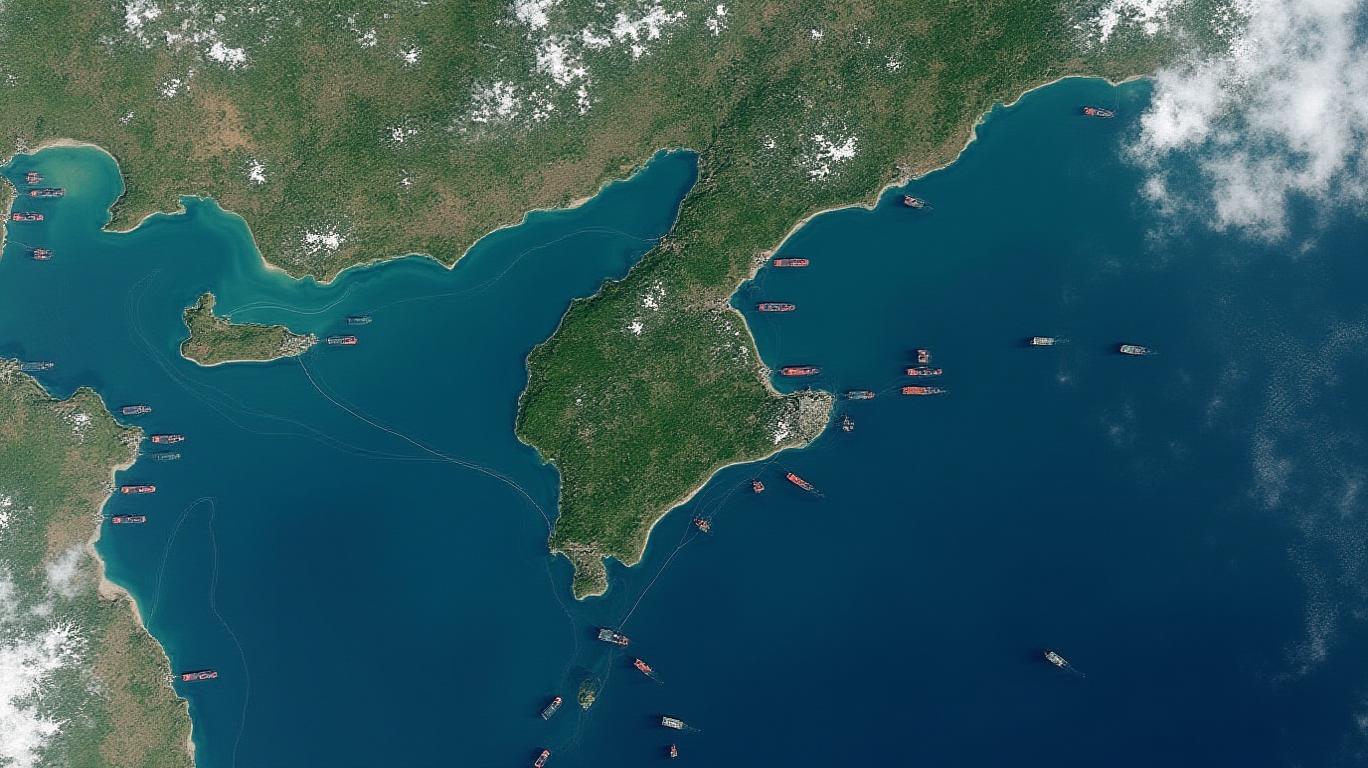Hedging Geopolitical Risk: Navigating G7 Sanctions and Ukraine-Linked Opportunities
The G7’s unified stance on Ukraine sanctions has reshaped global trade dynamics, creating both risks and opportunities for investors. As tariff regimes tighten and commodity markets react to geopolitical volatility, strategic positioning in sectors tied to Ukraine’s resilience and G7-aligned industries is critical. Here’s how to navigate this landscape—and why now is the time to act.
The G7’s Geopolitical Tightrope: Sanctions as a Double-Edged Sword
The G7’s sanctions regime against Russia has entered a phase of heightened complexity. While the $60-per-barrel oil price cap has slashed Russian crude revenues by €38 billion since 2022, loopholes—particularly the “shadow fleet” of non-G7 flagged tankers—have allowed Moscow to recoup $9.3 billion in evaded revenue. The U.S. and European allies remain divided: the U.S. seeks sanctions relief as part of ceasefire talks, while the EU insists on maintaining pressure to force long-term energy independence.
This tension creates two critical investment themes:
1. Tariff-driven volatility in commodity markets (oil, wheat, industrial metals).
2. Structural shifts in European exports, defense spending, and Ukraine’s agricultural sector.

Trade Tariffs and European Exports: A New Reality
European exporters are already adapting to a post-Russian trade reality. The EU’s crude imports from Russia have plummeted by 94%, while its clean energy investment has surged to a 10:1 ratio over fossil fuels. This pivot creates winners and losers:
- Winners:
- Renewable energy firms: Companies like Vestas (VWSC.CO) and NextEra Energy (NEE) benefit from the EU’s €1.2 trillion REPowerEU plan.
Defense contractors: NATO members are ramping up defense spending, with the EU’s 2025 budget including €17 billion for military modernization.
Losers:
- Maritime insurers: Sanctions on over 342 shadow fleet tankers have disrupted traditional shipping routes, favoring firms compliant with G7 guidelines.
Commodity Markets: Betting on Volatility
The G7’s sanctions have introduced a new volatility axis for commodities:
- Oil: The price cap’s proposed reduction to $50/barrel could further depress Russian exports, but shadow fleet evasion keeps prices unstable. Investors should consider short-term positions in oil ETFs (USO) paired with long-term exposure to natural gas ETFs (BOIL).
- Agriculture: Ukraine’s 25% global wheat exports face supply risks due to ongoing conflict, but resilient harvests have kept prices buoyant.
- Industrial metals: Sanctions on Russian aluminum and nickel have created shortages, favoring firms like Alcoa (AA) and Freeport-McMoRan (FCX).
The Ukraine Opportunity: Agriculture and Defense as Safe Havens
Ukraine’s economy, though battered, remains a strategic bet for investors seeking geopolitical alpha:
1. Agriculture:
- Ukraine’s Black Sea grain corridor is a linchpin of global food security. Firms like Deere (DE) (agricultural machinery) and Archer Daniels Midland (ADM) (grain trading) are positioned to profit from postwar reconstruction.
-
- Defense and Cybersecurity:
- Ukraine’s reliance on Western arms has doubled NATO defense spending since 2022. ETFs like SPDR S&P Defense (XAR) offer exposure to firms like Lockheed Martin (LMT) and Raytheon (RTX).
- Cybersecurity firms like Palo Alto Networks (PANW) are critical to protecting Ukraine’s infrastructure.
Immediate Action: Hedge, Diversify, and Deploy
Investors must act now to mitigate geopolitical risk while capitalizing on sanctions-driven opportunities:
- Hedge against oil volatility: Use put options on oil futures to offset potential losses while holding long positions in renewable energy equities.
- Double down on Ukrainian agriculture: Allocate 5–10% of portfolios to farmland ETFs (e.g., FARF) or agri-tech startups.
- Lock in defense sector gains: Buy NATO defense ETFs (XAR) and hold for the long term as European militaries modernize.
Final Warning: The G7’s Unraveling?
While G7 unity is currently strong, divisions loom. The U.S. may prioritize sanctions relief for diplomatic leverage, while the EU insists on maintaining pressure. Investors should monitor the price cap enforcement rate (currently 38% via G7-linked tankers) and the EU’s stance on reviving Nord Stream 2. A sudden thaw could crater oil ETFs but boost Russian equity plays—a risk to avoid unless explicitly hedged.
The stakes are clear: The G7’s sanctions regime is a geopolitical force multiplier. Investors who align with its goals—energy independence, defense resilience, and Ukrainian stability—will weather volatility and seize asymmetric gains. The window to act is now.

Comments
No comments yet